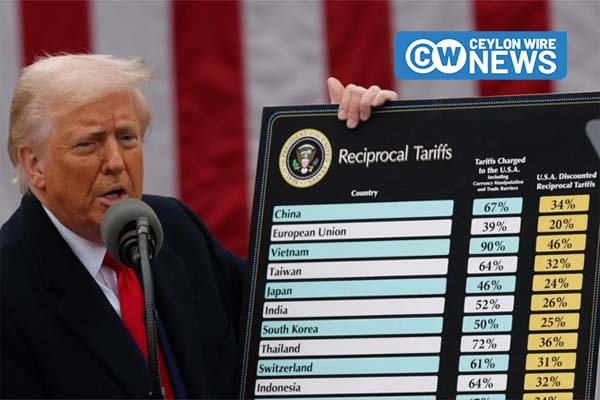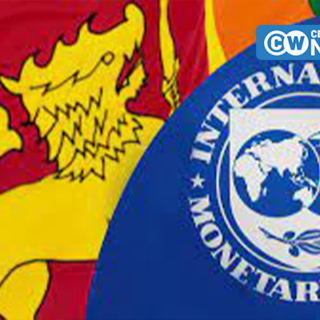Hiking tariffs may slow the growth of U.S. debt but will not achieve any meaningful reduction, according to a report published by Fortune magazine on Sunday.
U.S. President Donald Trump has repeatedly claimed that revenues from higher tariffs could both reduce America’s $37 trillion national debt and finance a public “dividend.”
His primary aim, Trump said earlier this month, is “to pay down debt, which will happen in very large quantity,” while also suggesting that “we’re taking in so much money that we may very well make a dividend to the people of America.”
However, the Fortune report, citing several U.S. economists, expressed skepticism over the president’s assertions.
Joao Gomes, professor of finance and economics at the Wharton School of the University of Pennsylvania, told Fortune that tariff revenues might offset some of the costs of the “One Big, Beautiful Bill Act,” which the Congressional Budget Office projects will add $3 trillion to the debt by 2030, but would not significantly reduce the overall debt.
Desmond Lachman, senior fellow at the American Enterprise Institute, dismissed Trump’s projection of raising $300 billion from tariffs as merely “a drop in the ocean” compared with the ballooning national debt. “The country is on a really dangerous debt trajectory,” he warned.
Lachman also cautioned that while Trump frames tariffs as a tool for debt reduction or job creation to rally political support, investors are unlikely to be convinced. “Markets aren’t dumb. They can do the arithmetic and figure out that this is nonsense,” he said.
The report further noted that current tariff revenues do not even cover the interest payments on U.S. debt. Citing U.S. Treasury data, it highlighted that in July, interest expenses totaled $60.95 billion, while tariff revenues amounted to only $29.6 billion.











